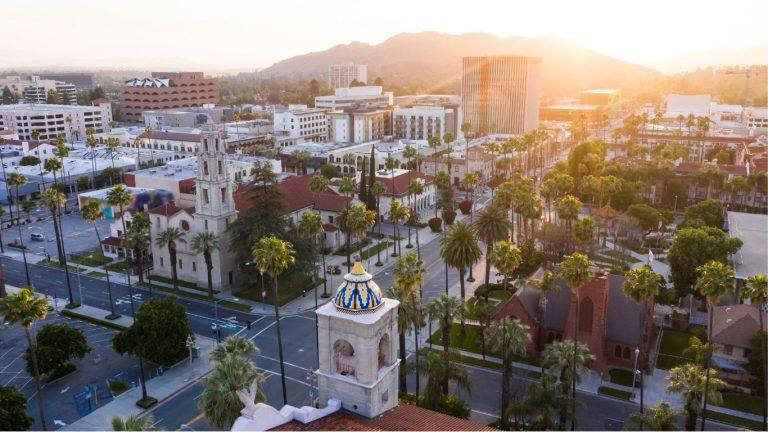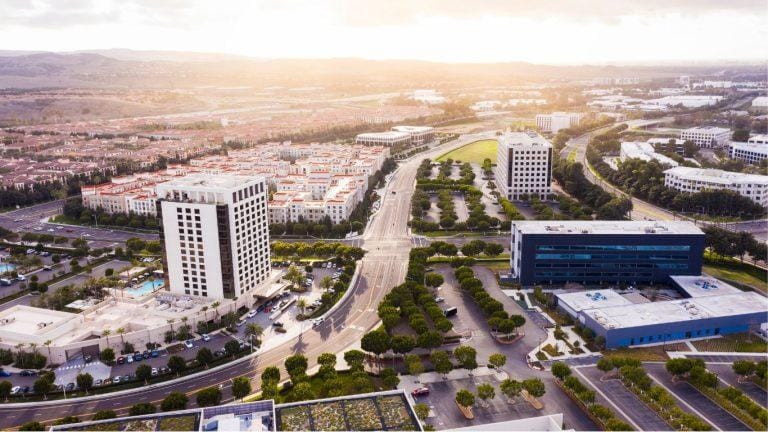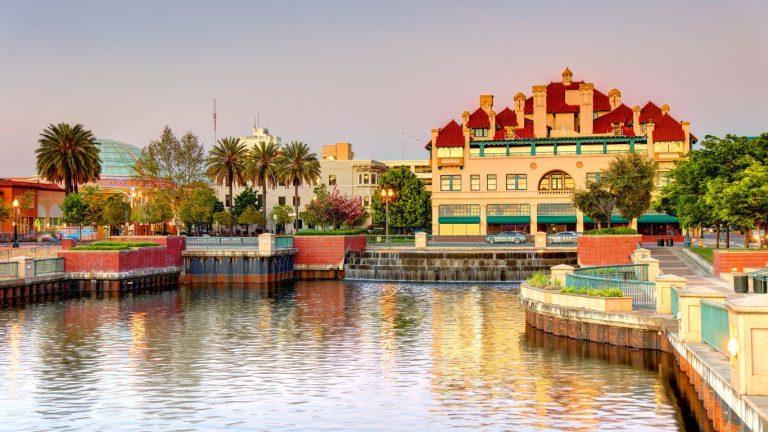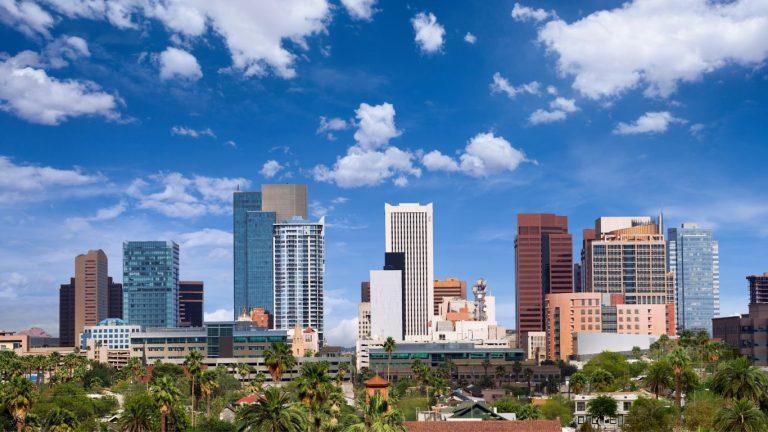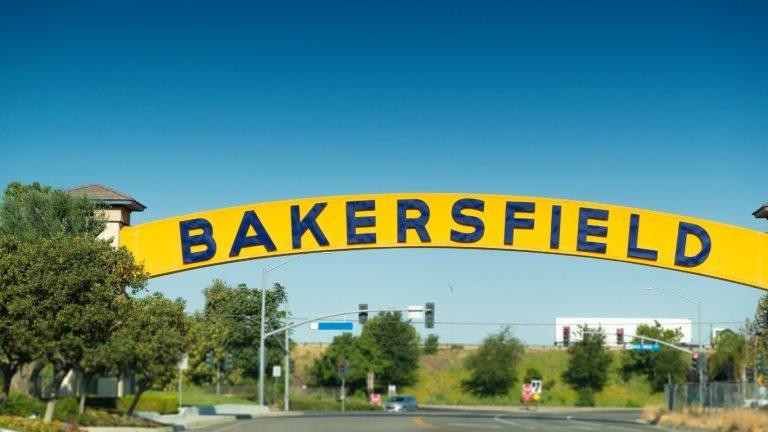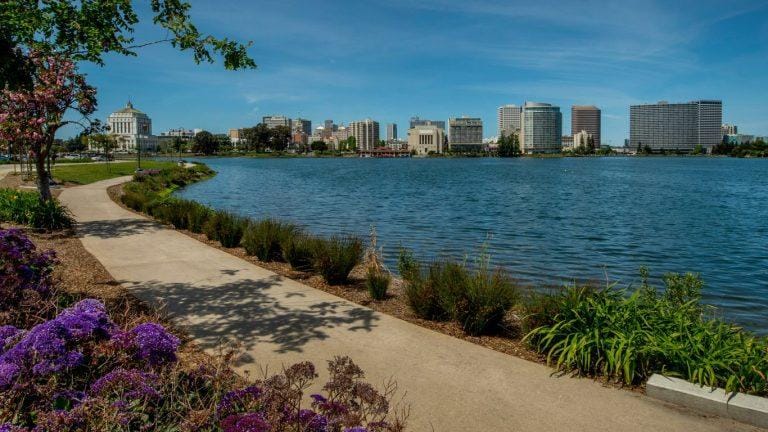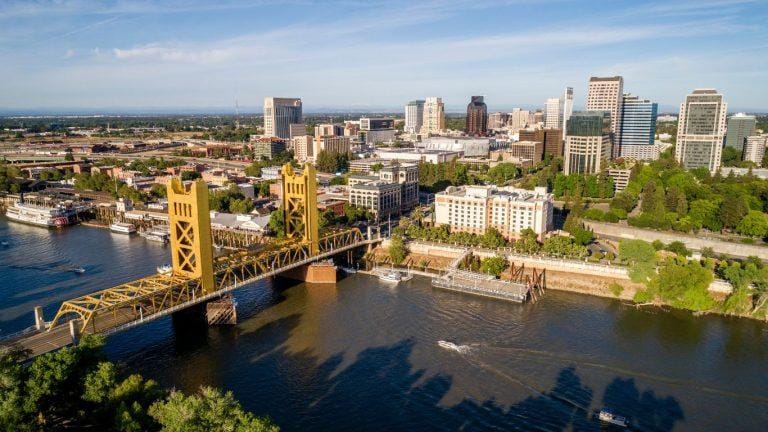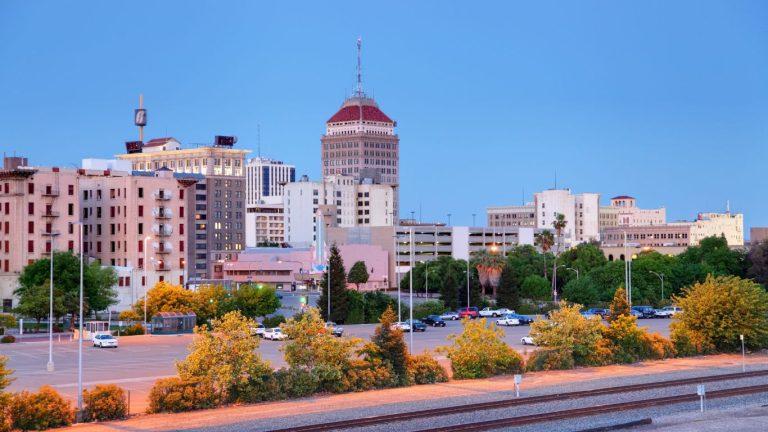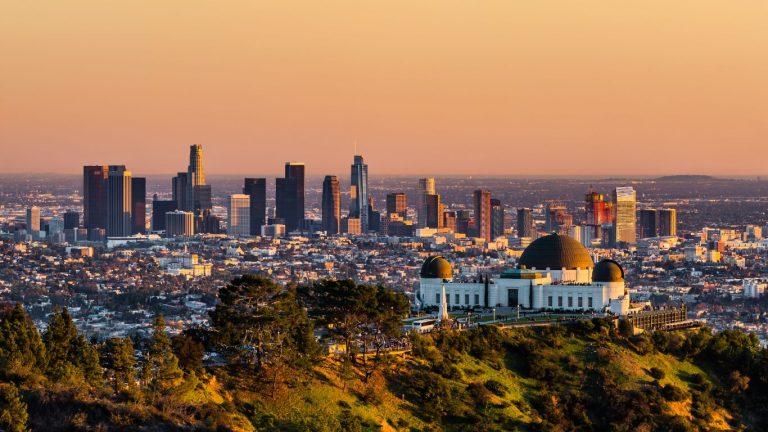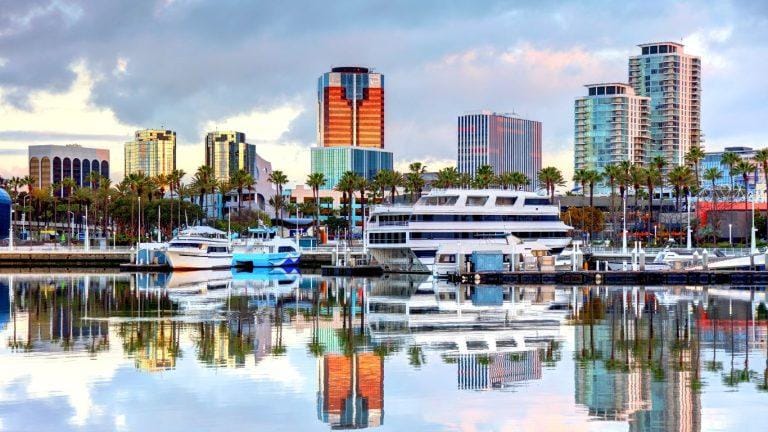Best Places to Live in Riverside California
Best Places to Live in Riverside California Nestled in the heart of the Inland Empire, Riverside is a vibrant and dynamic city that seamlessly blends rich history with modern innovation. Known for its stunning architecture, cultural landmarks, and scenic landscapes, Riverside offers residents and visitors alike a unique blend of old-world charm and contemporary flair….

